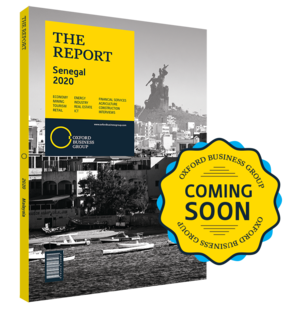The western-most country in Africa has long been in a strong economic position, with annual economic growth between 6 and 7% since 2014, and low, single-digit inflation. The agriculture and natural resource extraction industries are key drivers of the economy, with phosphate mining; fertiliser production; fish processing; and crop production of mangoes, melons, tomatoes, cotton, peanuts and sugarcane the main export earners. As more than 50% of household consumption is dependent on the income from the agriculture sector, the modernisation and development of agro-processing industries are at the top of the administration’s development agenda.
The country also features a robust petroleum refining industry, which is set to grow as hydrocarbon discoveries off the coast are due to be extracted by 2022, providing a new source of revenue. However, there are a number of bottlenecks that will have to be addressed to ensure economic growth is maintained at current levels. Key among them is the inadequate energy infrastructure; however, this obstacle is expected to see significant improvements once Senegal’s first utility-scale wind farm comes on-line. From 2020 onwards the 158-MW Parc Eolien Taiba N’Diaye project is set to provide 2m Senegalese with clean and reliable energy.
Read sample article: Further growth expected on the back of efforts to develop a hydrocarbons industry and improve the business environment





